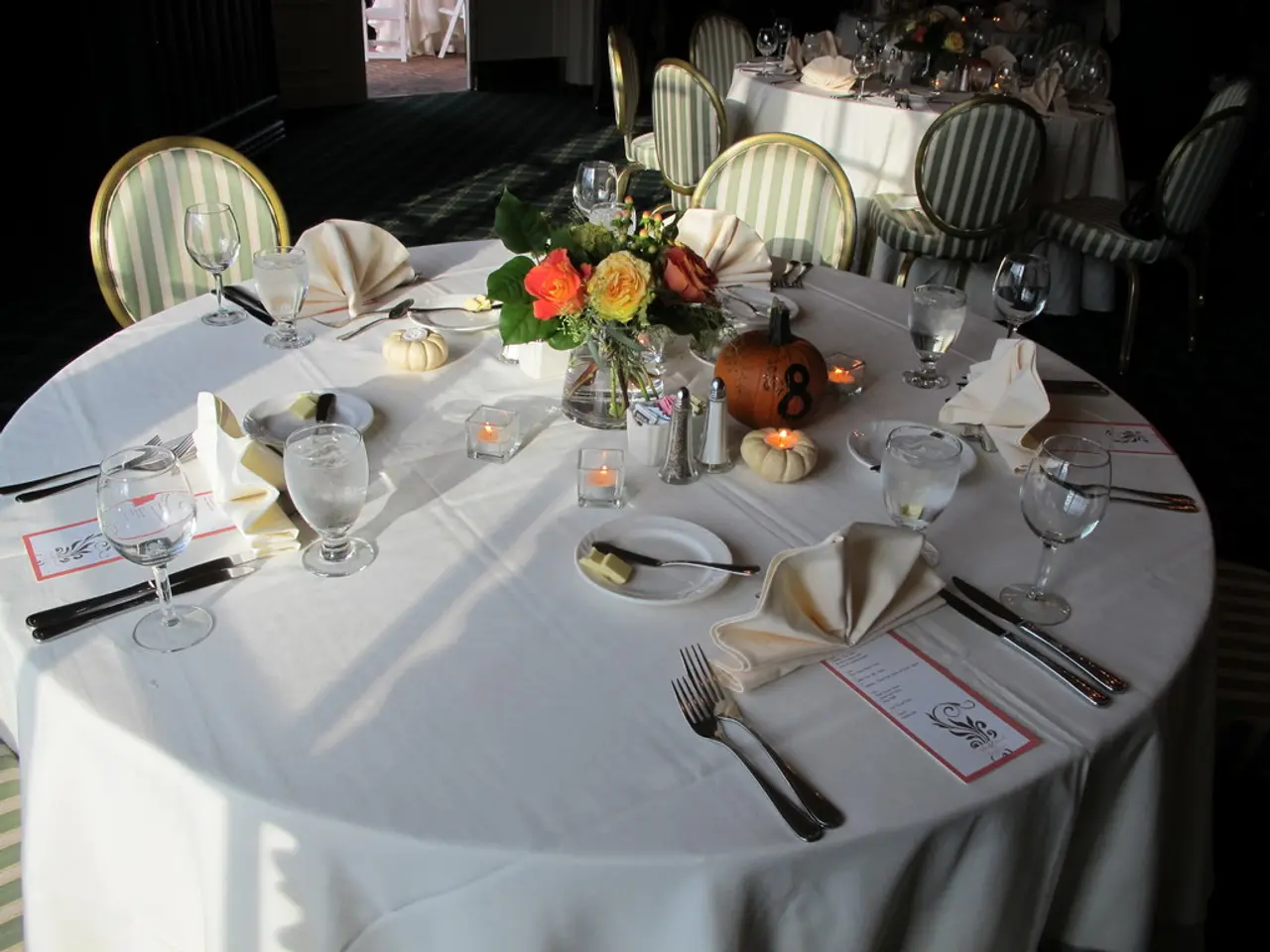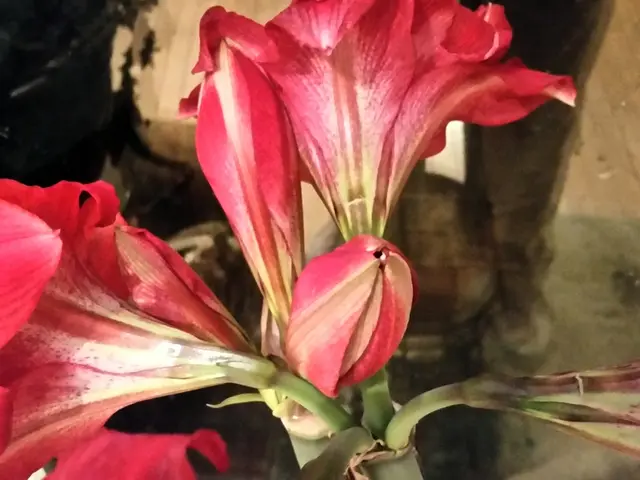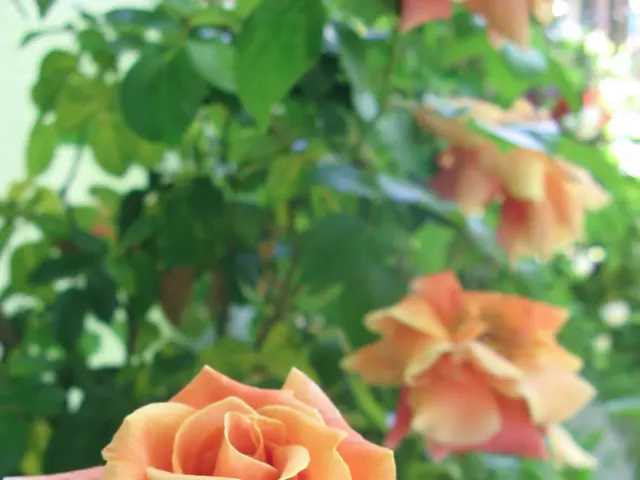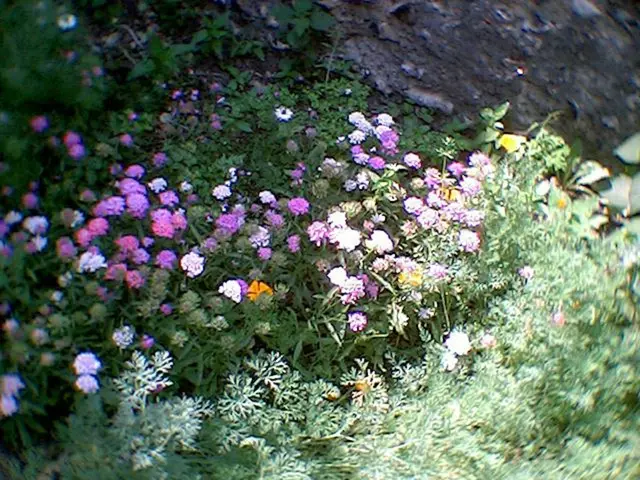Store it and place it on the bed.
Let's Chat Garlic
By Claudia von Duehren
The lovely lilac orbs of the ornamental garlic (Allium) have drooped, yet they remain a sight to behold on their long stalks. In my neighborhood, there's an auntie Susanne—a walking encyclopedia of flora, with an uncanny knack for naming every bloom by its Latin moniker.
In any case, it's time to prune back those ornamental garlic clumps, or else the blooms will produce seeds, depleting the bulbs' vital energy and resulting in smaller flowers next season.
Stem Trick for Decorative Harmony
Fancy keeping the Allium stalks adorned with orbs in your garden bed? No problem! Simply stick the cut stems back into the ground. Voilà! A neat little trick!
It's also of benefit to dig up the bulbs now. After a few years, daughter bulbs have developed on them. These too consume energy, affecting the size of next season's flowers. The detached daughter bulbs can be replanted, and the mother bulb, obviously, as well.
The ornamental garlic will get fertilized again next spring once it sprouts. For an organic boost, choose between horn meal or a manure tea concocted from cow dung pellets. The attractive flowers effortlessly bridge the gap between spring blossoms and perennials and are quite drought-tolerant.
Hot tip: Follow B.Z., the garden influencer, on Instagram @smallberlingarden
Tidbits for Your Green Thumb
- It's best to trim back the ornamental garlic once the flower heads are fully faded and the stems have turned yellow or dried out, usually a few weeks after flowering. This time frame tends to fall somewhere between mid to late summer, depending on the variety and local climate.[1][4]
- For the continued display of seedheads, consider leaving them in the garden or even through autumn before removal.[1][4]
- Cutting back should occur once the foliage has naturally died back. Delaying the cut provides nutrition to the bulbs for the following year's growth.[4]
- Seedheads can be harvested for decorative purposes or left in the garden for birds, providing additional food and architectural interest.[2]
- In essence, allow the allium stalks to dry and yellow naturally, then cut them back to tidy your garden while also having the option to save the dried seedheads for creative displays.[1][2][4]
This simple practice maintains bulb vitality and offers a dual benefit—enjoying the aesthetic beauty of alliums both fresh and dried.[1][2][4]
In your home-and-garden lifestyle, you might find it interesting to keep the Allium stalks adorned with orbs in your garden bed by simply sticking the cut stems back into the ground. Additionally, for a creative touch, consider saving the dried seedheads from the ornamental garlic for decorative purposes.








